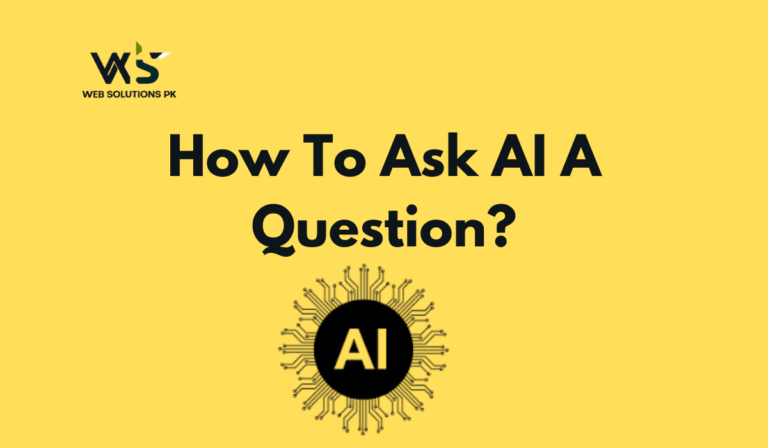+923451915524

In today’s digital landscape, AI (Artificial Intelligence) plays a pivotal role in providing information and solving problems. However, getting the best answers from AI depends on how well you frame your questions. This guide will help different types of users—from…
Welcome to the world of online selling! Whether you’re a seasoned entrepreneur or just starting out, the internet offers vast opportunities to showcase and sell your products. In this guide, we’ll explore the essential steps and strategies for effectively selling…